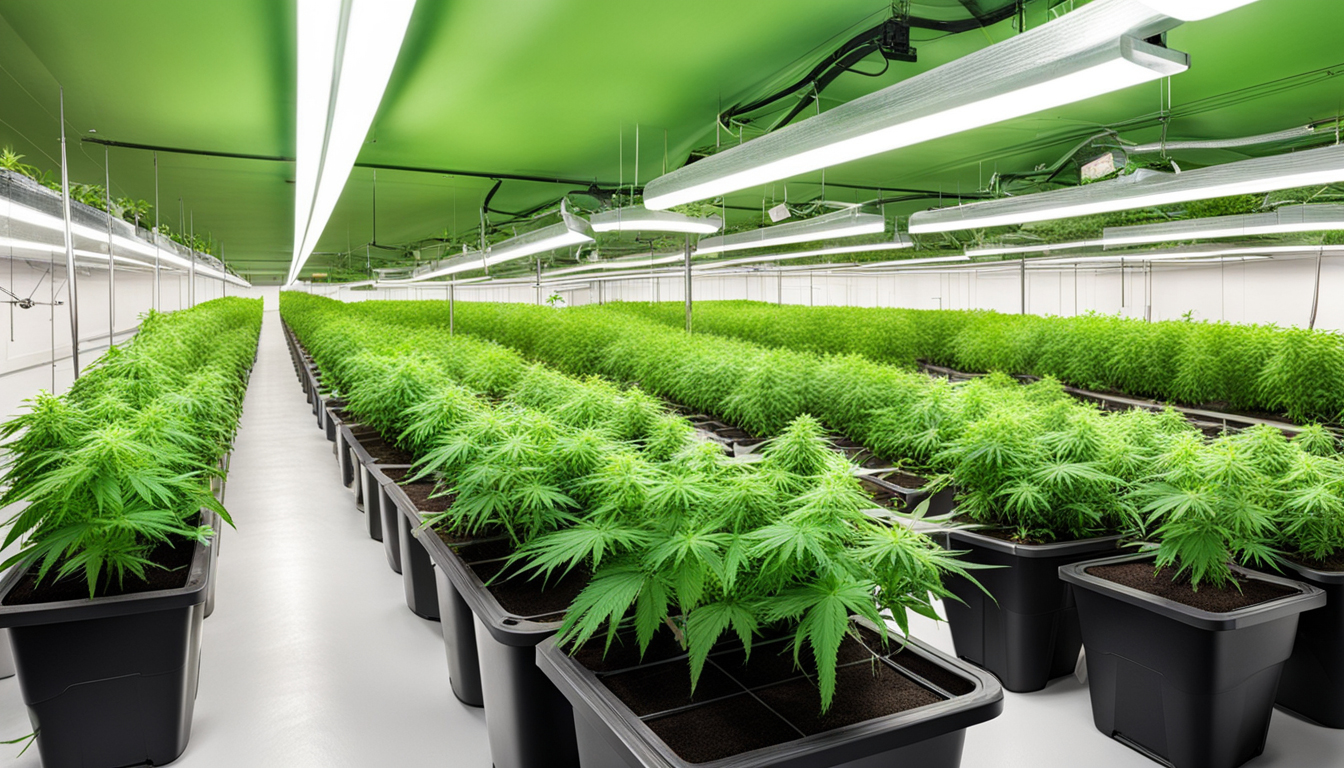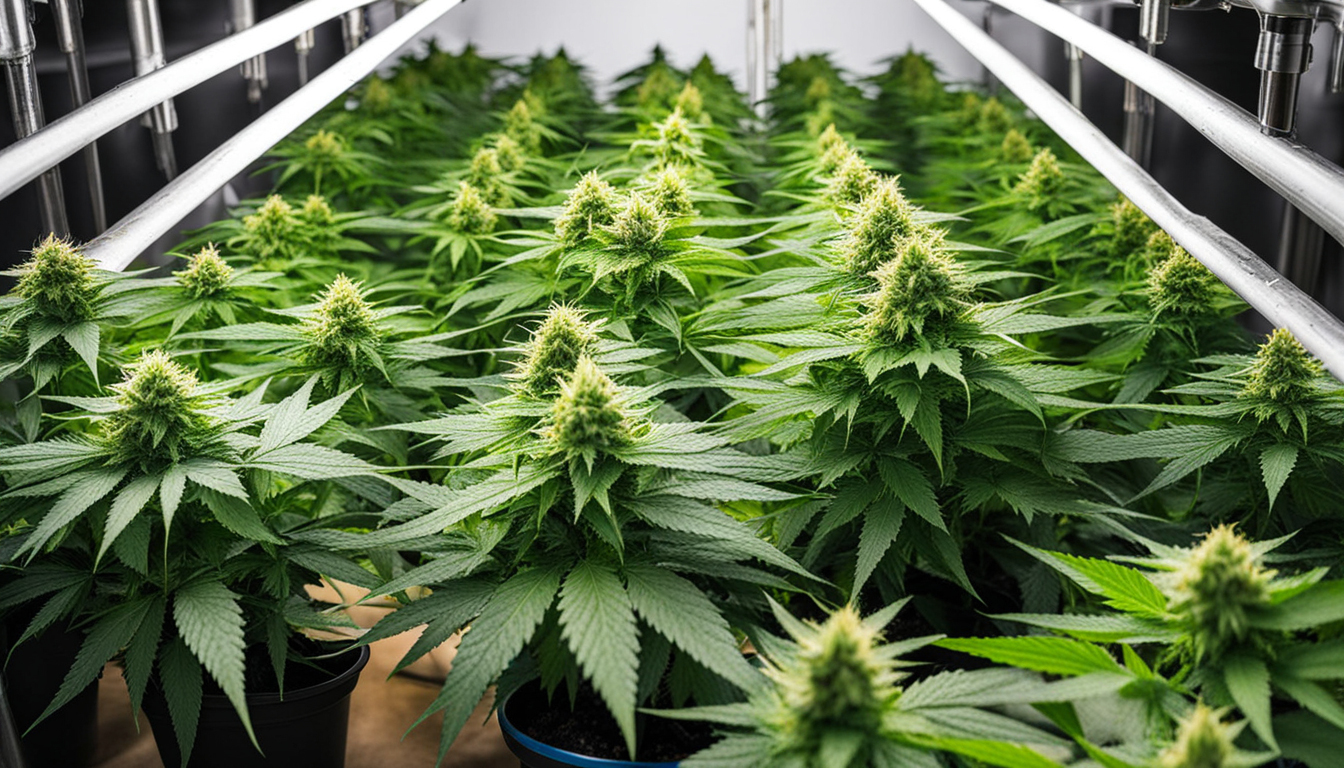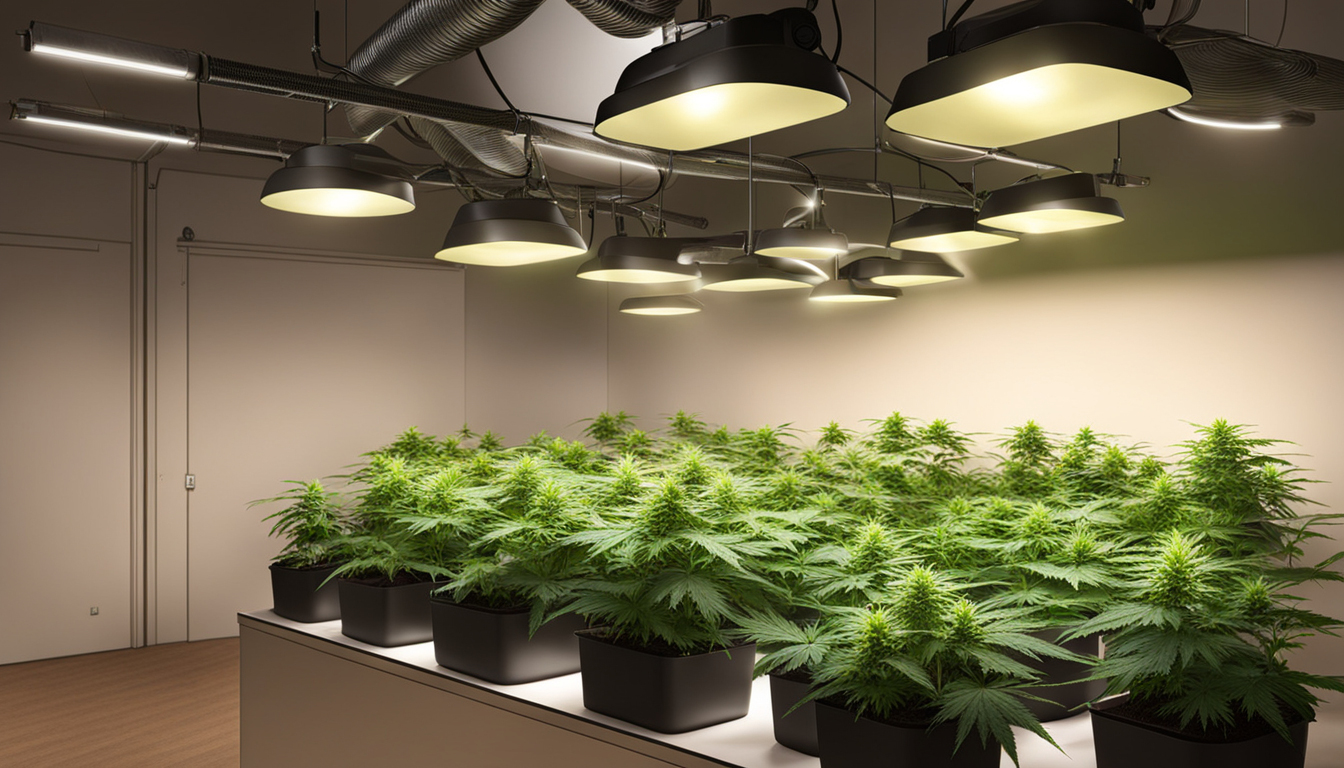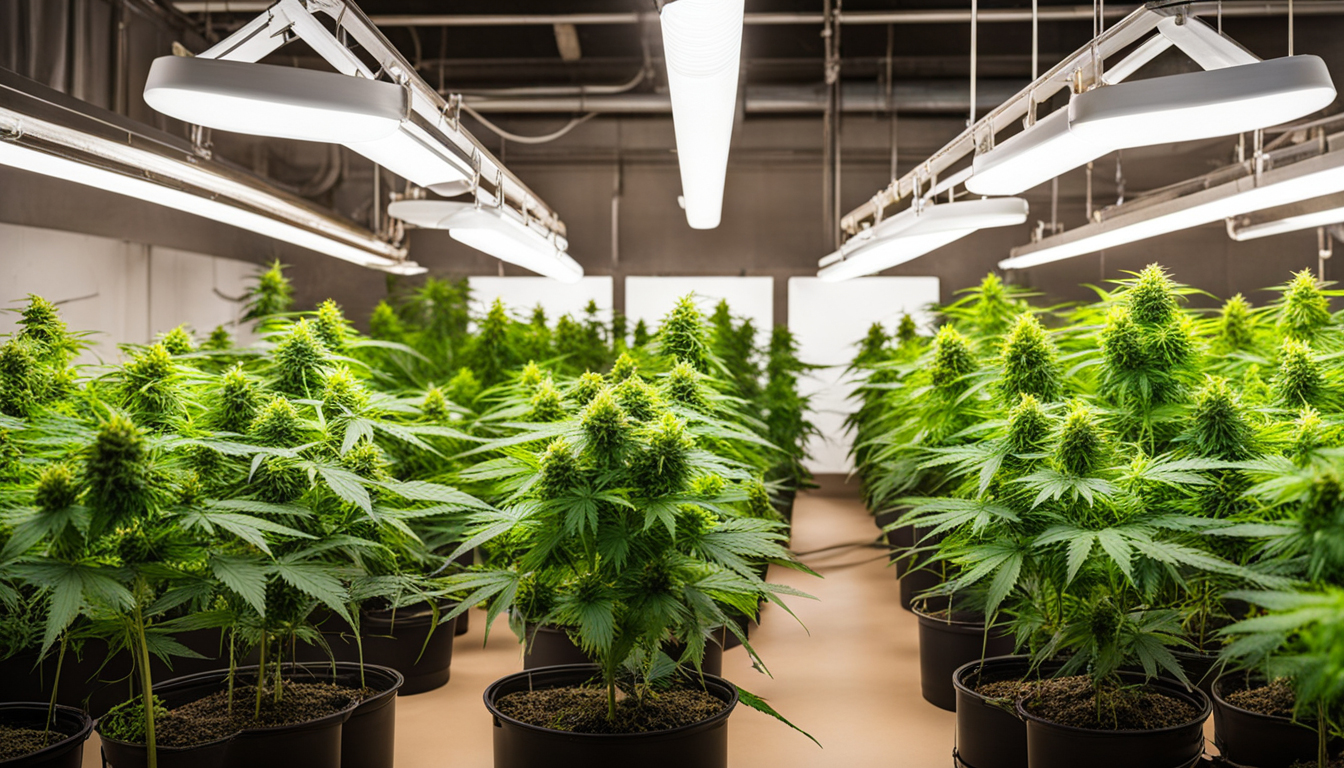
Whether you're beginning weed growing or looking to improve your existing harvest, following this complete guide will help you produce large, high-quality yields right at home. With the right gear, methods, and attention, cultivating weed indoors can be an extremely satisfying and cost-effective endeavor.
Choosing Marijuana Varieties
The first step in planning your indoor harvest is picking the right cannabis varieties to grow. The three main types of marijuana plants each have their own qualities.
Energizing strains
Known for their energizing cerebral effects, sativas grow tall and slender with narrow leaves. They thrive in hotter tropical climates and have a longer blooming time between 2.5-3 months indoors. Top energizing varieties include Sour Diesel, Durban Poison, and Jack Herer.
Indicas
Indicas provide relaxing full-body effects and grow short and bushy with broad leaves. Adapted to cooler mountain climates, they flower faster within 8-9 weeks. Popular indica strains include Granddaddy Purple, Northern Lights, and Bubba Kush.
Hybrids
Hybrid strains blend traits from both sativas and indicas. They offer combined effects and have moderate flowering periods around 9-10 weeks. Well-known hybrids are OG Kush, Girl Scout Cookies, and Blue Dream.

Setting Up Your Grow Space
Cannabis plants need the right controlled environment to succeed. Key factors for indoor cultivations are lights, ventilation, layout, and finding the ideal discreet location.
Location
Choose an available space with direct access to irrigation and electrical outlets. An empty spare room, large closet, corner of the basement, or cultivation tent securely placed in a garage all make great discreet cultivation room spots.
Lights
Weed requires intense light for all vegetative stages. LEDs are energy-efficient and come in full spectrum options replicating real sunlight. Provide 250-400 watts per square foot for the vegetative stage and 400-600 watts per square foot for flowering.
Airflow
Proper ventilation and exhaust systems maintain ideal temp, moisture, and fresh CO2 levels. Set up silent 4-6 inch blowers or scrubbers to refresh old air and reduce odors.
Layout
Optimize your space by arranging plants strategically under the lamps and leaving room to reach and work around them. Set up distinct zones for vegetation, bloom, curing, and cloning.

Cultivation Mediums
Weed can be cultivated in different substrates, each with pros and cons. Pick a appropriate option for your specific setup and cultivation style.
Soil
The classic substrate, soil is affordable and simple for beginners. It provides excellent taste but requires more irrigation and fertilizing to nourish plants. Enrich soil with perlite or coir to enhance drainage.
Coconut coir
Made from coconut husks, renewable coconut fiber retains water but still lets in air to the roots. It's cleaner and more predictable than soil. Use coir-specific nutrients to prevent accumulation.
Hydroponics
In water systems, plant roots develop directly in fertilizer water solution. This allows rapid growth but needs careful observation of water properties. Deep water culture and irrigation systems are popular techniques.
Sprouting Seeds
Sprouting activates your marijuana seeds to start sprouting taproots. This readies them for transplanting into their growing medium.
Towel Method
Put seeds between damp paper towels and maintain them damp. Inspect after a week for emerging radicles showing germination is complete.
Planting directly
Insert seeds directly into pre-moistened cultivation medium 6mm deep. Gently water and wait 1-2 Subscribe Now weeks until seedlings break through the surface.
Rockwool Cubes
Soak cubic rockwool starters in balanced water. Insert seeds 6mm deep into the cubes. Keep cubes wet until sprouts emerge within a week to 2 weeks.
Transplanting Seedlings
Once germinated, pot seedlings need to be transplanted to avoid crowding. Move them into proper sized containers.
Preparing Containers
Fill large containers with cultivation medium amended with slow-release nutrients. Let pots to soak up water overnight before transplanting.
Carefully Transplanting
Carefully loosen seedling roots from germination medium using a spoon. Put into pre-soaked pot at equal depth as before and lightly water in.
Vegetative Stage
The vegetative stage promotes leafy growth and plant form through 3/4 to full day of continual light exposure. This stage usually lasts 4-8 weeks.
Providing 3/4 to full day of Lighting
Use lamps on a 24 daily cycle or natural sunlight to initiate nonstop growth. Lamp output influences height and internodal spacing.
Fertilizing
Use vegetative stage nutrients richer in N. Make sure pH remains around 5.8-6.3 for full fertilizer uptake. Fertilize 25-50% concentration after 14 days and strengthen slowly.
LST and topping
Topping, low stress training, and scrogging direct shoot shapes for flat foliage. This boosts yields.

Flowering Stage
The blooming stage grows buds as plants show their sex under a 12/12 light timing. It lasts 2-3 months depending on strain.
Changing Light Schedule
Change lamps to 12/12 or move outdoors for outdoor 12 hour cycle. This triggers plants to start flowering.
Stop Fertilizing
Flushing flushes out fertilizer residuals to improve taste. Feed lightly the first weeks then just use plain water the last 2 weeks.
Flushing
Continue 12/12 light timing but flush using neutral pH water only. Return to plain watering if buds aren't yet ripe after two weeks.
Harvesting
Knowing when pot is completely mature ensures maximum potency and aroma. Harvest plants at peak ripeness.
Signs of readiness
Check swollen calyxes, faded pistils, and 10-15% cloudy trichs. Check buds across the plant as they won't all ripen evenly.
Cutting Plants
Use sterilized, razor-sharp pruning shears to carefully slice each plant at the base. Keep several inches of stem attached.
Curing
Hang whole plants or colas upside down in a dark room with moderate temp and humidity around 45-65% for 1-2 weeks.
Curing
Curing keeps drying while improving the buds like fine wine. This process mellows harshness and further develops terpene and terpene profiles.
Jars and Humidity
Manicure dried buds from branches and place into glass jars, packing about 3⁄4 full. Use a sensor to monitor jar moisture.
Opening jars daily
Unseal jars for a few hours each day to slowly lower moisture. Remoisten buds if humidity goes under 55%.
Long term storage
After 2-3 weeks when moisture levels off around 55-65%, perform a final manicure and keep long-term in airtight jars.
Troubleshooting
Even experienced cultivators run into various cannabis plant problems. Detect issues soon and address them properly to keep a healthy garden.
Poor feeding
Yellowing leaves often signify insufficient nitrogen. Anthocyanins Find Out More and leaves signal low phosphorus. Test pH and increase fertilizers gradually.
Pests
Thrips, aphids, fungus gnats, thrips, and root aphids are frequent weed pests. Use organic sprays, ladybugs, and yellow traps for natural control.
Powdery mildew
High moisture encourages botrytis and bud rot. Increase airflow and venting while lowering RH below 50% during flowering.

Summary
With this complete indoor cannabis cultivation guide, you now have the knowledge to grow bountiful strong buds for personal harvests. Apply these techniques and techniques throughout the germination, growth, and Click Here flowering stages. Invest in quality gear and closely check on your plants. In time, you'll be rewarded with frosty aromatic buds you raised yourself under the patient guidance of your green thumbs. Happy growing